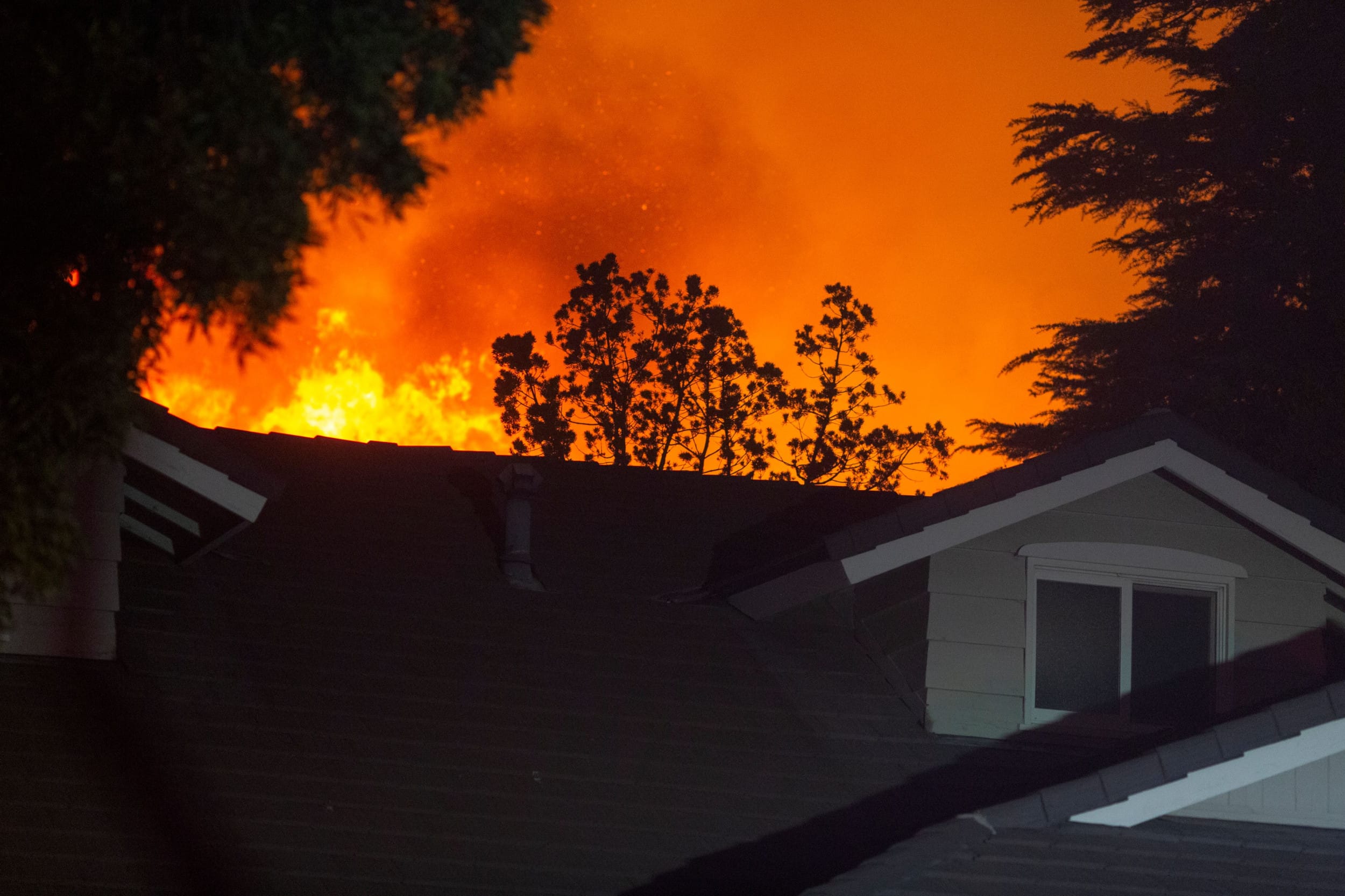The recent surge in drone sightings over military installations in New Jersey has prompted a significant response from the Joint Staff, reflecting growing concerns about the implications of unmanned aerial vehicles (UAVs) on national security. These incidents have raised questions about the safety protocols in place to protect sensitive military operations and infrastructure.
As drones become more accessible and popular among hobbyists and commercial entities, the military has faced challenges in monitoring and managing airspace around its facilities. The Joint Staff’s statement emphasizes the importance of maintaining operational security and safeguarding personnel and assets from potential threats posed by unauthorized drone activity.
In light of the ongoing situation, the military is conducting a thorough assessment of the drone sightings reported near various installations, including the Joint Base McGuire-Dix-Lakehurst. This base, which serves as a critical hub for air mobility and joint operations, has been at the center of recent drone activity. The military is working closely with local law enforcement agencies to investigate the origins of these drones and to determine whether they pose a legitimate threat.
The Joint Staff has also highlighted the need for increased public awareness regarding the regulations governing drone flights near military installations. It is illegal to operate drones within a certain radius of these facilities without proper authorization, and violations can lead to serious legal consequences. The military encourages drone operators to familiarize themselves with these regulations to ensure compliance and to avoid inadvertent security breaches.
In addition to regulatory measures, the military is exploring technological solutions to enhance its ability to detect and respond to unauthorized drone activity. Advanced radar systems and drone detection technologies are being considered to improve situational awareness and to provide real-time data on aerial threats. This proactive approach aims to strengthen the military’s defensive posture and to mitigate risks associated with drone incursions.
The potential implications of drone activity extend beyond immediate security concerns. The military’s response to these incidents reflects a broader recognition of the evolving landscape of aerial threats. As drones become more sophisticated and capable, the military must adapt its strategies to address the challenges they present. This includes not only enhancing detection and response capabilities but also engaging with industry stakeholders to develop comprehensive frameworks for drone regulation and management.
Furthermore, the military is committed to fostering collaboration with local communities to address concerns related to drone activity. Public engagement initiatives are being implemented to educate residents about the importance of reporting suspicious drone sightings and to build trust between the military and local populations. By working together, the military and communities can enhance security and ensure that military operations are conducted safely and effectively.
The Joint Staff’s statement serves as a reminder of the importance of vigilance in the face of emerging threats. As drone technology continues to evolve, the military must remain proactive in its efforts to safeguard its installations and personnel. The ongoing collaboration with local authorities and the exploration of advanced detection technologies are critical components of this strategy.
In conclusion, the recent increase in drone sightings over military installations in New Jersey has prompted a comprehensive response from the Joint Staff. Through assessment, public awareness initiatives, and technological advancements, the military is taking steps to address potential security risks associated with unauthorized drone activity. As the situation develops, the military remains committed to ensuring the safety and security of its operations while fostering positive relationships with local communities.



